Family killer Elmer Crawford exposed by one big blunder — but still escapes justice
THEY were bashed, electrocuted and pushed over a cliff in a scene staged to incriminate his wife should the bodies be found. One major oversight revealed the murderous dad’s crime — but there’d be no slip-ups as he fled justice.

Cold Cases
Don't miss out on the headlines from Cold Cases. Followed categories will be added to My News.
FOR almost 50 years Elmer Crawford has been one of Australia’s most wanted men.
After taking out extra insurance, he killed his pregnant wife and three children, tried to make their deaths look like a murder-suicide then, when their bodies unexpectedly turned up, he fled.
Despite numerous possible sightings around the world since, Crawford has never been found.
On July 1, 1970, Crawford, an electrician, set his alarm in the family’s suburban Melbourne home for 2am the next day.
When he woke he used a hammer to bash his three children — Katherine, 13, James, 8, and Karen, 6 — and an iron bar to stun his sleeping wife, Therese, 35.
He then attached alligator clips to fleshy parts of their bodies — including earlobes and the webbing between their fingers — and electrocuted them.
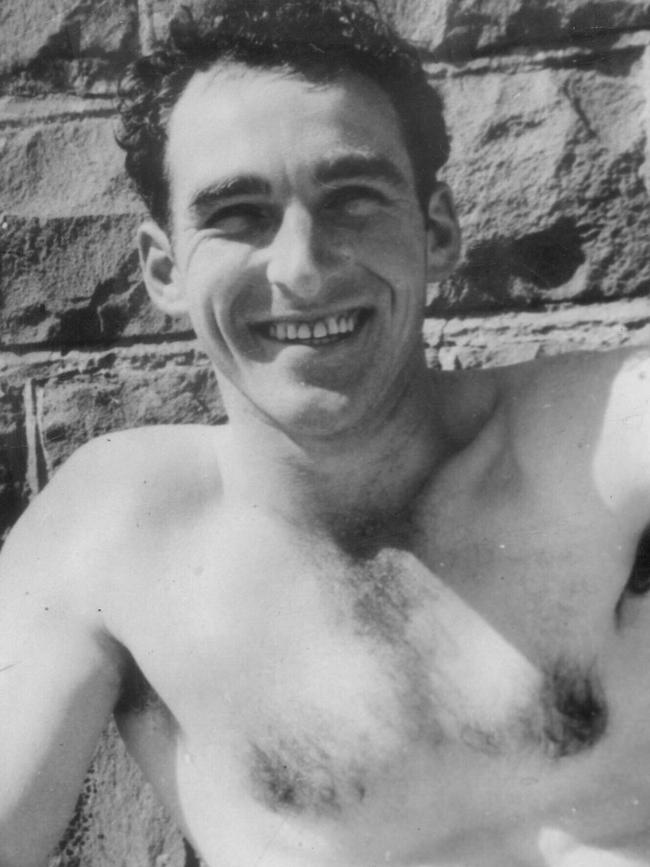
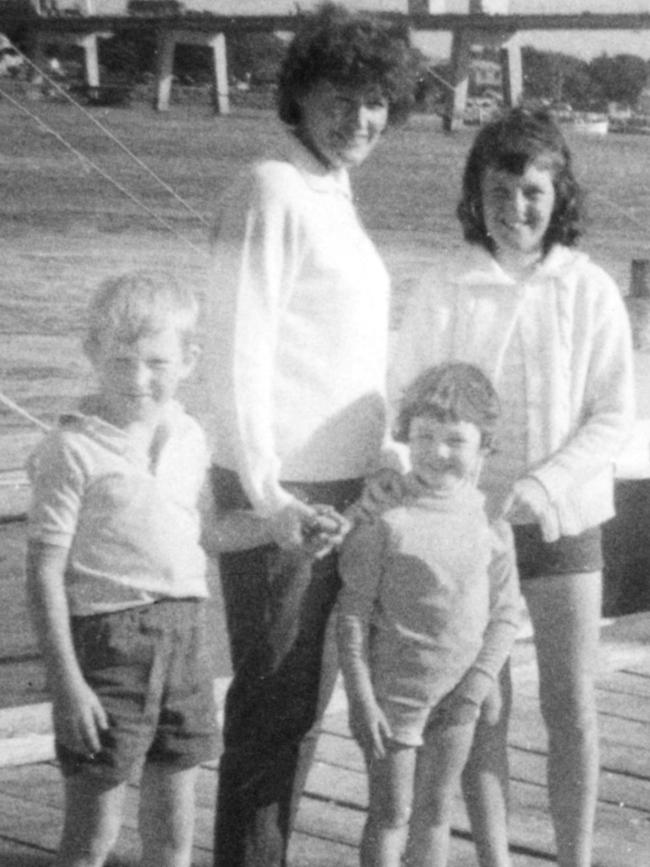
Police said Crawford had built the electrocution device to fit a household plug.
According to investigators, he wrapped the bodies in a tarpaulin and put them in the back seat of his 1956 cream FE Holden.
After putting a getaway motorscooter into the boot, Crawford then drove the car about 240km to Loch Ard Gorge, near Port Campbell.
He built a small stone bridge over a culvert so he could drive to the cliff edge.
He placed a rubber hose from the exhaust pipe into the car, tied rags around the steering wheel to secure the wheels in a straight line and pushed the car over the edge.
The car fell about 24 metres, but landed on a concealed ledge.
“If it hadn’t hit the ledge we would have never found anything,” a detective said years later.
Crawford, who could not see the car was still above water, returned home to try to clean up the bloodstains.
He left hurriedly when the bodies were found on July 3 and police came to make a routine call at the house.
Where he went is a mystery.
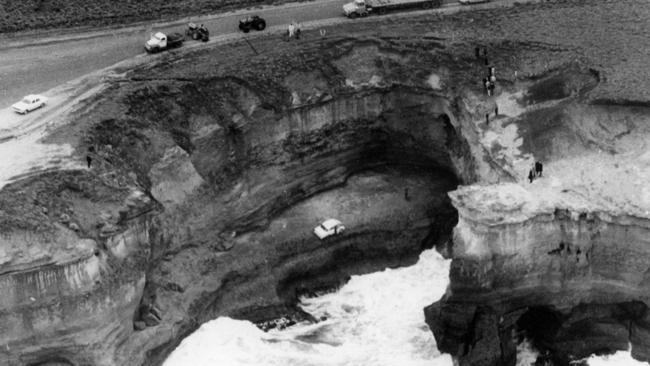
The Victorian Coroner later found that Crawford acted not in a fit of rage, but after weeks of planning.
Although not qualified as an electrician, Crawford worked in that capacity for the Victoria Racing Club at Flemington racecourse for 14 years.
Workmates told police there was no indication he was capable of such an atrocity. There was no trouble at home that they knew of.
But something troubled Crawford enough to painstakingly plan what he hoped would be the perfect crime — one that would leave him looking like the deserted husband whose wife ran away with the kids.
True Crime Australia: Cornered Mokbel’s bizarre praise for police
Our criminal history: Bushranger turns tables on colonial rulers
The evidence points to Crawford planning to report his wife and children had gone missing.
The new wills he and his wife drafted two weeks earlier would have left him very comfortably off.
He was forced to rapidly change plans and disappear after a quirk of fate meant the bodies didn’t sink in the ocean without trace as planned.
Crawford was busy cleaning up the blood in the family home when he found out the car he had earlier pushed off a cliff hadn’t disappeared into the Blowhole at Loch Ard Gorge.
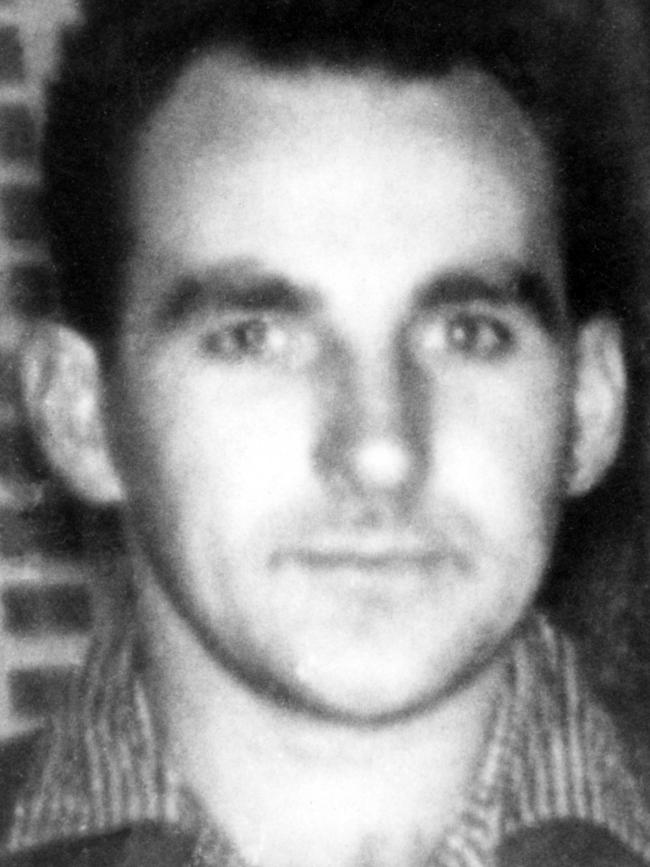
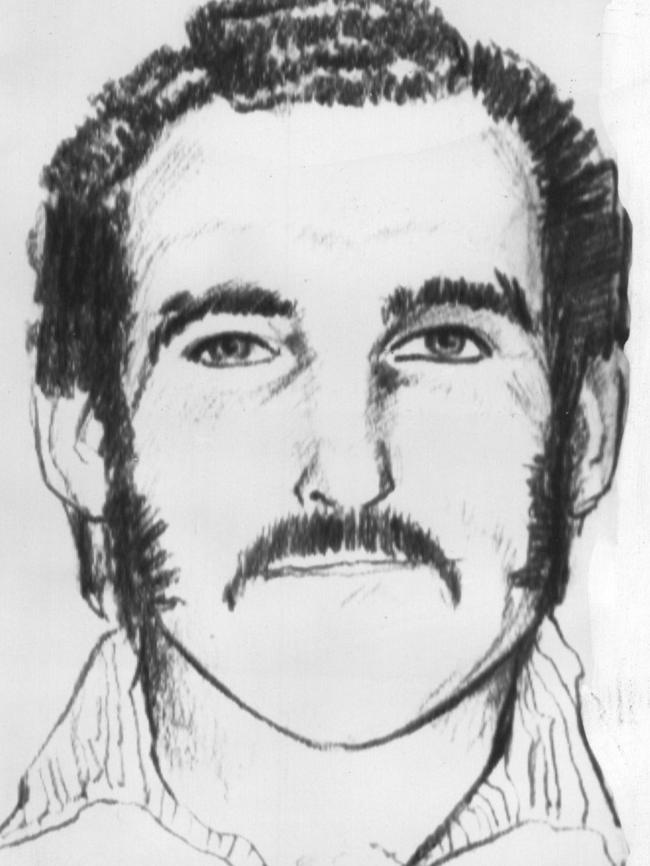
Instead it had been found teetering on a ledge just above the churning sea.
He abandoned plans to destroy all incriminating evidence and simply disappeared.
Police were unable to establish why Crawford murdered his family.
One possibility is the couple argued over whether or not to terminate Therese’s fourth pregnancy.
That theory is based on an unfinished letter from Mrs Crawford to her family in which she indicated she wasn’t happy about being pregnant again.
“I have been so upset, but what’s the use, I am two and a half months now,” she wrote.
“So looks like I have had it this time.
“We were going to come up home this Christmas but won’t be able to now as I’ll be due the end of January.”
Police found the letter along with a newspaper article about abortion.
They also discovered items Crawford had stolen from the VRC and evidence he had been selling stolen goods for years.
That led to another theory, that Mrs Crawford may have found out her husband was a thief and threatened to expose him.
Evidence left by Crawford paints a chilling picture of how he killed his family.
He made a bizarre electrocution device consisting of a 15m length of electrical cord with a plug at one end and an extension cord socket on the other.
Running from the main cord were five smaller leads, each with alligator clips on the end. Crawford waited until his wife and children were asleep before murdering them.
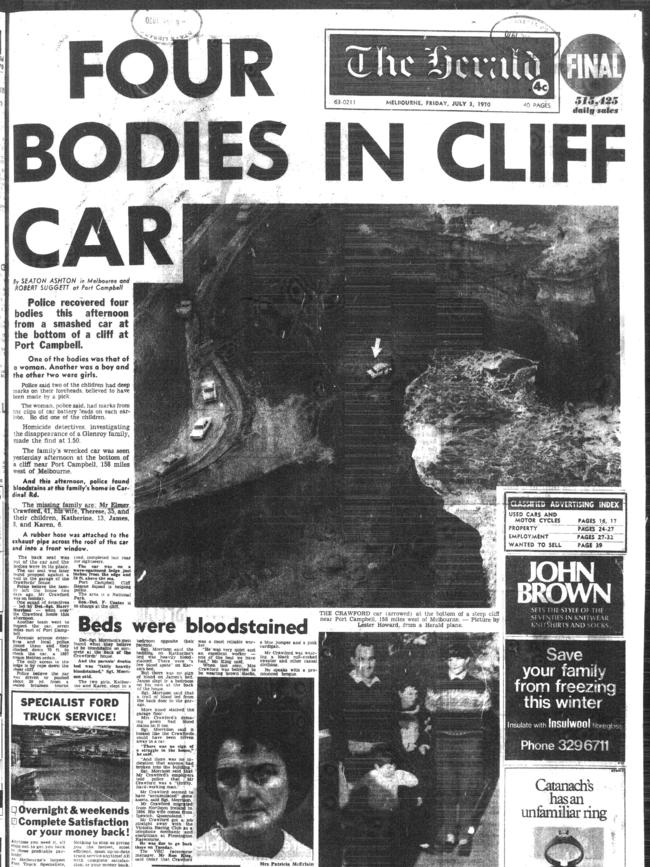
He used his electrocution device on his wife, eldest daughter Katherine and James. Crawford also bashed Katherine and James in the head, almost certainly with a hammer, fracturing their skulls.
Little Karen was spared electrocution, but she was beaten to death with the hammer.
Crawford had earlier removed the back seat of his 1956 Holden sedan so he could stack the four pyjama-clad bodies inside.
He wrapped each body in a blanket and then put a tarpaulin over them.
He then drove hundreds of kilometres to Loch Ard Gorge.
But a drainage ditch just before the edge of the cliff stopped him from pushing the car over the edge.
Undeterred, he spent an estimated two hours building a bridge of rocks so he could roll the car down the slight slope, across his makeshift bridge and over the cliff.
His intention was that it would plunge into the Blowhole and never be seen again.
As an extra precaution, in case the car and the bodies were later found, he attached a hose to the exhaust and jammed it through the driver’s side window to make it look as though Mrs Crawford had committed suicide after beating her children to death.
That’s probably why she was the only one electrocuted and not bashed.
As he pushed the car over the cliff, Crawford would not have seen the rocky ledge 16m below.
Thinking his grisly task complete, Crawford made his way back home.
Police don’t know how he returned to Glenroy, but it is possible he hitchhiked or rode a small motor scooter he carried to Port Campbell in the boot with the bodies.
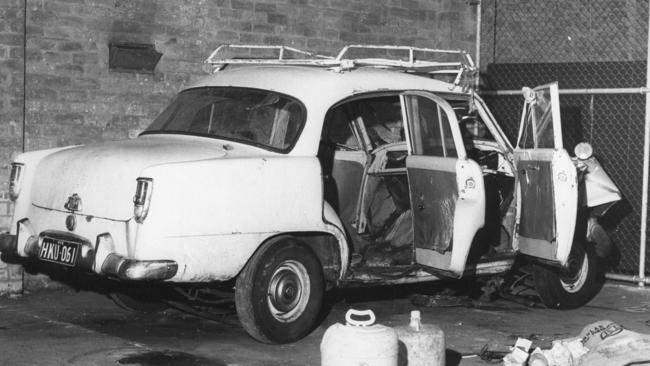
They believe he murdered his family and tried to dispose of the bodies sometime between sunset on July 1 and the early hours of July 2.
Sightseers first noticed the car perched precariously on the ledge at the Blowhole at 1.30pm on July 2.
Crawford was seen in the driveway of his home at 5.50pm that day.
Broadmeadows police officer John McCarty was sent to the Crawford home at 6.20pm after a registration number check revealed the car was owned by Crawford.
It had not yet been possible to search the car because it was a dangerous process requiring cliff rescue experts.
Evidence suggests Crawford was inside the house cleaning up blood when Constable McCarty knocked on the door.
The knock went unanswered and, because it was just a routine inquiry at that stage, Constable McCarty went back to the station.
Police presume it was at this point Crawford abandoned his plan to pretend his wife and children had left him and fled.
Constable McCarty went back to the house at 10pm after receiving information from Port Campbell that there was a rifle in the car and blood on the seats.
He and another officer broke in when no-one answered the door. They discovered bloodstained sheets and mattresses.
The homicide squad was called in and arrangements made to search the car at first light the next day.
Cliff rescue volunteers George Cumming and Cecil Burgin were lowered down, secured the car to prevent it slipping into the sea, then started to search it. “We lifted the tarpaulin and Cec Burgin said, ‘I can see some feet’, and as the tarpaulin was lifted further I saw three sets of feet,” Mr Cumming said.
“When the tarpaulin was moved a bedspread was folded back and I saw four bodies wrapped in bed sheets.”
Police have been hunting Crawford ever since, without success.
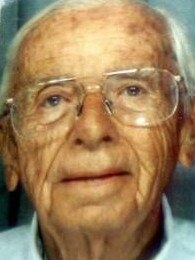
But there have been apparent sightings.
Police believed for some time that Crawford had moved to Ireland and remarried, but knew he could not be extradited because he was an Irish citizen. When the extradition loophole was closed in 1985, detectives were confident they could find their man.
In 2008 police announced a $100,000 reward, released an image of what Crawford could look like, and pleaded with him to turn himself in.
Two reported sightings had police rushing to the Pilbara area of Western Australia but the leads turned up nothing.
The same year, it was thought that a man who had died of a heart attack in Texas in 2005 may have been Crawford.
The man had mutilated fingertips, police believe to avoid identification, and used at least four different aliases.
But, after tracking down one of Crawford’s relatives in Australia and obtaining a DNA sample, it was confirmed the Texan man was not Crawford.
The mystery of what happened to him may never be known.
FOLLOW: True Crime Australia on Facebook and Twitter
Originally published as Family killer Elmer Crawford exposed by one big blunder — but still escapes justice
